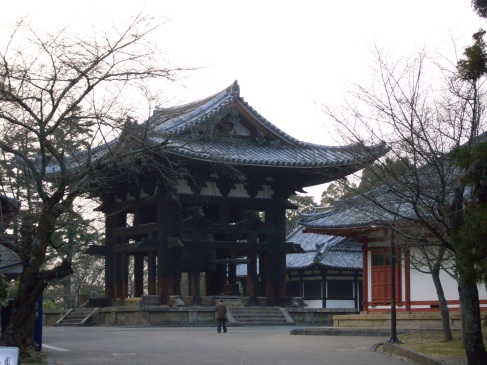I think that Haiku is the symbolic literature in Japan. The explanation of details is omitted now. I only introduce the contemporary fact of it.
My favourite Hakuest, ISHIDA Akio ever wrote on her husband , ISHIDA Hakyo, one of the most Haikuest of modern Japan.
The next is the one.
Hi tomoshite
Hachijuhachiya wo
tuma to ori
<Trial translation>
Turning on a light
the eighty eightth night of the year
is with husband
<Explanation>
The husband Hakyo has long been tuberculosis. The late years are almost at hospital for treatment. The eighty eight day of the year is the the peak period of gathering the fresh green tea's leaves. Famous annual function of the early summer. Probably Hakyo returned home for the lull time of the disease. Tonight was the best day for the two.
<Symbolism of Japan>
Haiku shows the reality of daily life for the ordinary people by only 17 syllable of Japanese.
[Reference]
Symbolism of Japan, Haiku. 4 July 2012
My favourite Hakuest, ISHIDA Akio ever wrote on her husband , ISHIDA Hakyo, one of the most Haikuest of modern Japan.
The next is the one.
Hi tomoshite
Hachijuhachiya wo
tuma to ori
<Trial translation>
Turning on a light
the eighty eightth night of the year
is with husband
<Explanation>
The husband Hakyo has long been tuberculosis. The late years are almost at hospital for treatment. The eighty eight day of the year is the the peak period of gathering the fresh green tea's leaves. Famous annual function of the early summer. Probably Hakyo returned home for the lull time of the disease. Tonight was the best day for the two.
<Symbolism of Japan>
Haiku shows the reality of daily life for the ordinary people by only 17 syllable of Japanese.
[Reference]
Symbolism of Japan, Haiku. 4 July 2012














.JPG)

